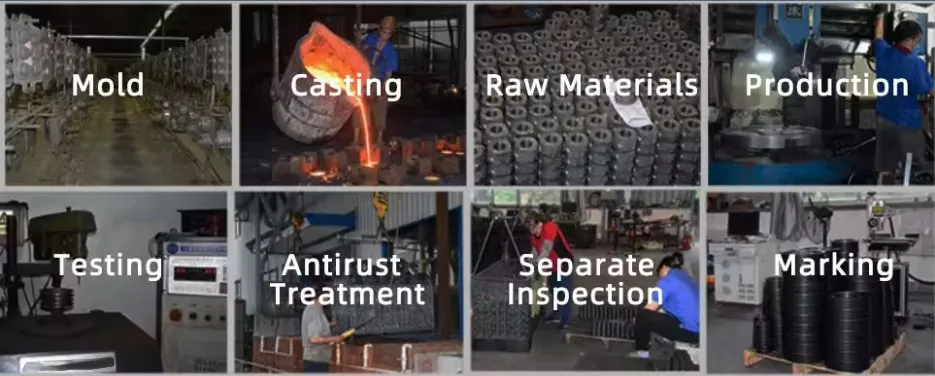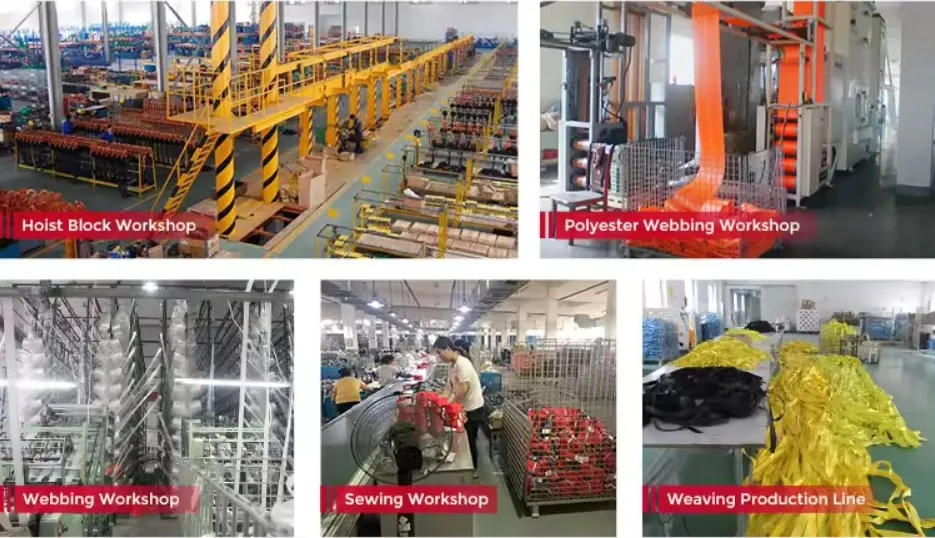Sheave Pulley for Waste Management Systems
1. Durable Construction
The sheave pulley for waste management systems is constructed with high-quality materials to ensure durability and long-lasting performance.
2. Smooth Operation
Designed for smooth operation, this sheave pulley helps to effectively manage waste systems without any interruptions.
3. Corrosion Resistance
With a special coating, the sheave pulley is resistant to corrosion, making it suitable for waste management systems that may encounter harsh environments.
4. Easy Installation
Featuring a simple installation process, this sheave pulley can be easily integrated into existing waste management systems without any hassle.
5. Efficient Performance
The sheave pulley is designed to provide efficient performance, ensuring smooth movement of materials in waste management systems.
Types of Sheave Pulleys
1. V-Belt Sheave Pulleys
V-belt sheave pulleys are commonly used in waste management systems to transfer power efficiently.
2. Timing Belt Sheave Pulleys
Timing belt sheave pulleys are used to synchronize the movement of components in waste management systems.
3. Wire Rope Sheave Pulleys
Wire rope sheave pulleys are ideal for heavy-duty waste management systems that require strong and reliable pulleys.
4. Chain Sheave Pulleys
Chain sheave pulleys are suitable for waste management systems that require precise control over the movement of materials.
5. Nylon Sheave Pulleys
Nylon sheave pulleys are lightweight and durable, making them a great choice for waste management systems that need corrosion-resistant pulleys.
6. Stainless Steel Sheave Pulleys
Stainless steel sheave pulleys are ideal for waste management systems that require pulleys with high strength and resistance to harsh environments.
What is a sheave on a pulley
A sheave on a pulley is a wheel with a groove used to guide a rope or cable. It helps to change the direction of the force applied and transmit power efficiently in various systems.
What are sheaves used for?
1. Transmitting power
2. Changing the direction of force
3. Supporting and guiding ropes or cables
4. Increasing mechanical advantage
5. Providing tension to the system
6. Controlling the speed of movement
Process of Sheave Pulley
1. Mold: The mold is created based on the design specifications.
2. Casting: The material is poured into the mold and allowed to cool and solidify.
3. Raw materials: High-quality materials are used to ensure the durability of the sheave pulley.
4. Production: The sheave pulley is manufactured according to strict quality standards.
5. Testing: The sheave pulley undergoes rigorous testing to ensure it meets performance requirements.
6. Antirust treatment: A special coating is applied to protect the sheave pulley from corrosion.
7. Separate inspection: Each sheave pulley is individually inspected for quality assurance.
8. Marking: The sheave pulley is marked with relevant information for identification.

How do you adjust sheave pulleys?

1. Loosen the set screws on the sheave pulley.
2. Adjust the position of the sheave pulley on the shaft.
3. Align the sheave pulley with other components in the system.
4. Tighten the set screws securely to hold the sheave pulley in place.
5. Check for proper alignment and tension in the system.
6. Test the operation of the sheave pulleys under load conditions.
7. Make any necessary adjustments to ensure optimal performance.
About HZPT
At HZPT, we specialize in manufacturing precision transmission components since 2006. Our headquarters are located in Hangzhou, and we are known for producing a wide range of high-quality products for various industries.
We offer customized solutions and one-stop assembly services to meet your specific requirements. With a focus on precision and speed, we aim to provide the best products and services to our customers in Europe and America, ensuring competitive prices and top-notch quality.






